An Encounter with a Strange Creature of the Intertidal Zone
I first saw this wonderful creature some time ago while enjoying a day at the beach. Some kids, knowing my fascination for unusual fauna, brought me a strange specimen they had found among the intertidal rocks. It turned out to be the Brown Flatworm, Notoplana australis. They belong to the phylum Platyhelminthes in a group often referred to as Turbellarians.
In the first photo it is upside down in the kid's bucket. Notice the strange fractal like patterns of it's internal organs.
( All photos, videos, and text on this blog are by @mostly.nature)
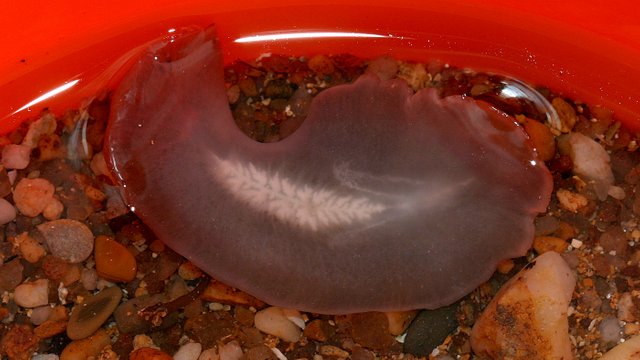
Most Turbellarians are less than 10 mm long which makes the Brown Flatworm seem rather large at up to 40mm. This species is distributed along the south-east Australian coastline including all of Tasmania and can also be found in New Zealand. Certainly here on the NW Coast it is fairly common on the underside of rocks at low tide.
It is carnivorous, feeding on bryozoans and other sessile invertebrates (attached to objects). It it sometimes seen as a problem for commercial shell fisheries as it has been found to eat oysters, hence it’s other common name of Oyster Leach. However, it is believed that this flatworm only enters the shell when the oyster is already dying from some other cause.
The Brown Flatworm spawns all year with a peak in spring and early summer. The egg mass is a coiled, gelatinous string of individually encapsulated eggs. The eggs are only 120-125 µm (about 1/8th mm). The larvae hatch out after 12-14 days. It has planktonic larval stage with a gradual metamorphosis to a juvenile flatworm over a period of about 3 weeks.
We released the flatworm back among the rock an took some more photos. In thje next shot you'll notice the two ocelli (eye spots). These simple eyes that can detect light so the animal can move off into the darker areas such as under rocks..
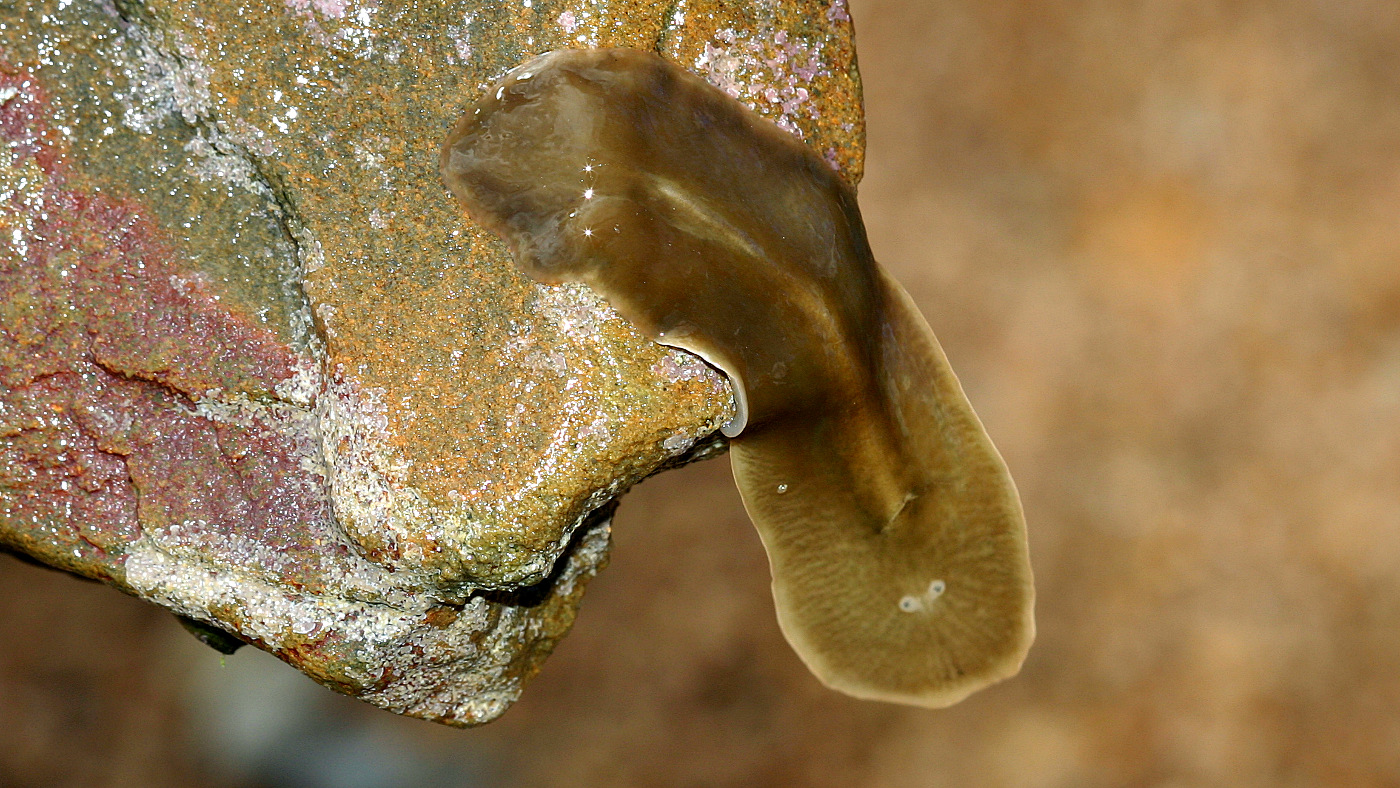
When at rest on the rock it could only be described as looking like sticky goo :-)
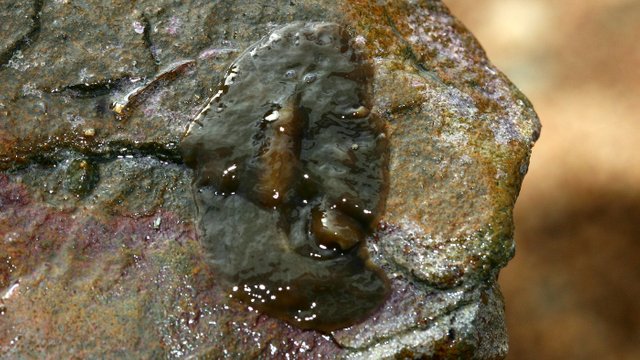
References:
- Diseases of cultured molluscs in Australia – Lester, R.J.G. 1990
- Australian Marine Life – The Plants and Animals of Temperate Waters – Edgar J. E. 2000
- The embyonic and laval development of the turbellarian Notoplana australis – Anderson DT 1977 – Australian Journal of Marine and Freshwater Research 28(3) 303 – 310

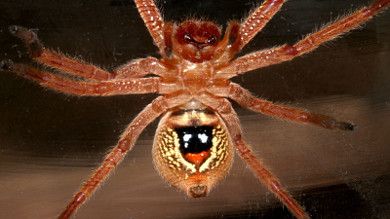
The Badge Huntsman Spider 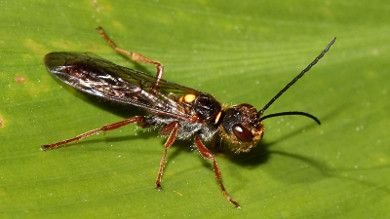
A Flower Wasp )
Old Steam Locomotive 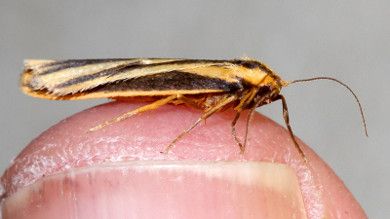
The Forked Footman |
This is a very good observation. I would have love to see more picture of the worm though
Great pictures of a very cool creature. Thank you!